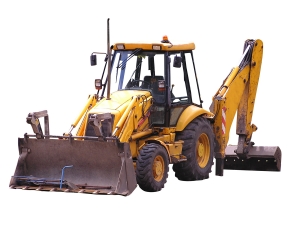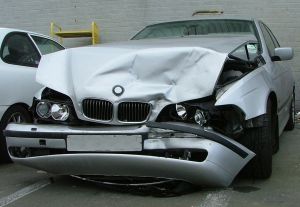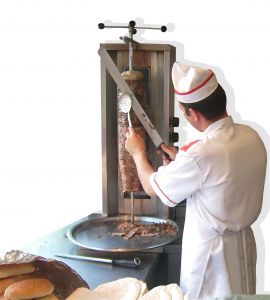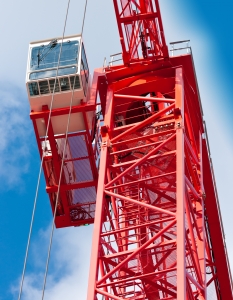According to the Bureau of Labor Statistics, there were 79 workers killed in 2011 as a result of a vehicle or mobile equipment backing up. These workers lost their lives either because they were run over by the reversing vehicle or because the vehicle crushed them against an object.
Backover accidents are a major problem not just in the workplace, but in parking lots and on roads nationwide. Our Boston workers’ compensation attorneys are glad to see that OSHA is making an effort to tackle this important issue. We hope that the informal meetings scheduled by OSHA to explore options for preventing backover injuries and fatalities will result in a real solution that could potentially save worker lives. 
Backover Accidents and Work Injuries
OSHA is involved in exploring ways to reduce backover accidents because many of these accidents happen on the workplace every day. OSHA’s job is to impose standards and requirements on employers to ensure workplace safety. The guidelines passed by OSHA can range from notice required about chemical hazards at workplaces to the type of ergonomic office equipment that help workers’ to avoid repetitive stress problems. Since many workers are being injured by backover accidents, OSHA is taking action to see if they can make a difference in this area or if they can craft guidelines that will require employers to do more to avoid backover risks.
OSHA already has some details on what can be done to minimize the risk of backover accidents on their website. According to OSHA, some things that can be done to prevent backover accidents include:
- Having drivers make use of a spotter when backing up vehicles, especially large construction vehicles.
- Using video cameras that have in-vehicle display monitors. These monitors can cut down on or eliminate the blind spot for cars and trucks, potentially making the roads much safer for everyone.
- Using proximity detection devices to alert drivers when there are objects behind them. When a driver is aware of someone or something in his way, having this notice can prompt the driver to stop backing up before a crash occurs.
- Providing sufficient employee training. By letting employees know where blind spots are and how the blind spots can be avoided, employees can protect their workers who might otherwise become the victim of a backover crash.
OSHA provides these and other tips on avoiding backover crashes in hopes that it can prevent injuries or death. Unfortunately, need for more precautions and safeguards has clearly been demonstrated due to several recent injury cases. In June 2009, for example, an employee wearing a safety vest was struck and killed by a dump truck even though the dump truck had a backup alarm. One year later, in June 2010, a man was standing on the same dock when a tractor-trailer start to back up. He was crushed between the dock and trailer.
Hopefully, OSHA’s new efforts to resolve the backover accident problem can stop tragic incidents like these from occurring In the meantime, the suggestions on the OSHA page to avoid accidents are helpful tips for employers and employees to follow. It remains to be seen, however, whether OSHA’s stakeholder meeting will result in more requirements for employers to follow in preventing backover crashes.
Continue reading
 Massachusetts Workers Compensation Lawyers Blog
Massachusetts Workers Compensation Lawyers Blog









